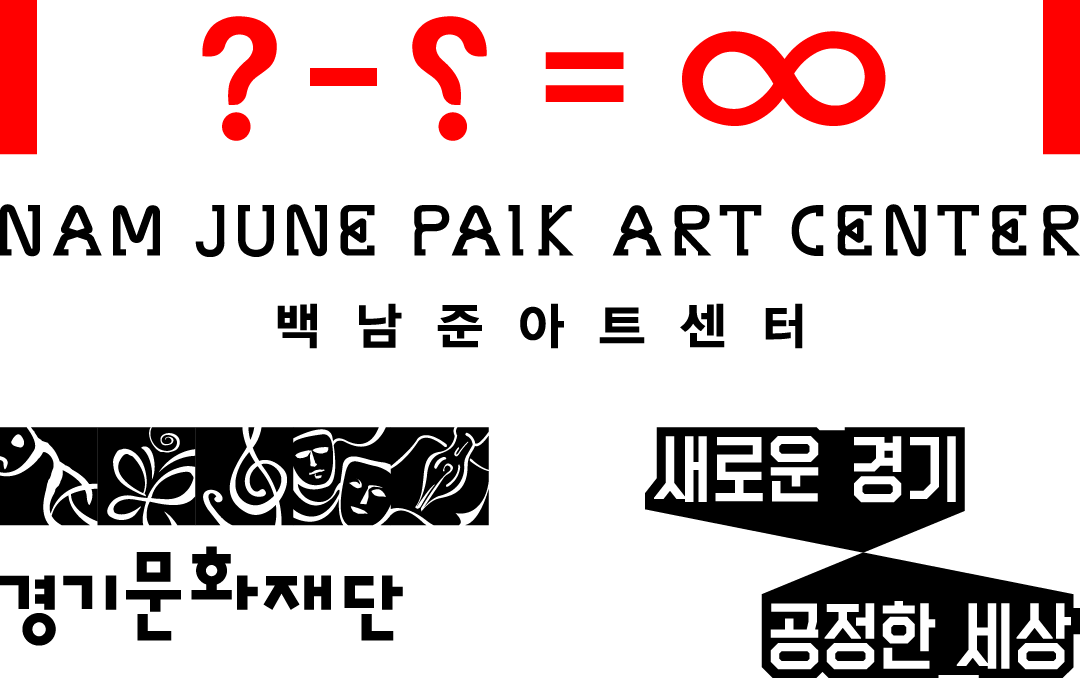
Moon is the Oldest TV
Nam June Paik enjoyed playing with time parameters in a spatial coordinate through video. In this work, Paik shows the moon, one of the oldest sources of light in the history of humanity, through the television monitor. Twelve different stages of the moon from the crescent to the full moon are embodied in twelve televisions. When this work was first on display at Galeria Bonino, New York, in 1965, an early model of the vacuum-tube television was used. Paik produced different images that looked like the cycle of the moon, simply by fixing a magnet in the tubes and thereby interfering with electromagnetic signals of the internal circuitry. After vacuum-tube televisions were discontinued, he videotaped moon-shaped images and displayed them on the monitors. Looking at the twelve phases of time, the viewer is invited to reflect on the depth and length of time, as well as the ephemerality and eternity of time simultaneously. The title seems to allude to the fact that in times when there were no televisions, people projected images and imagined stories while looking at the moon, the only natural satellite of Earth, which may be analogous to watching TV.
Artist
Nam June Paik
Date
1965 (2000)
Classifications
sculpture·installation, television
Dimensions
variable
Medium
13 CRT TV sets, 12-channel video, color, silent, LD; E-Moon, 1-channel video, color, sound, DVD
Collection No
015


